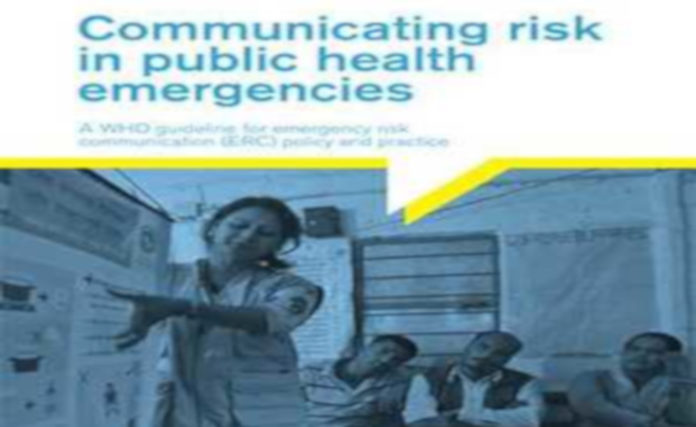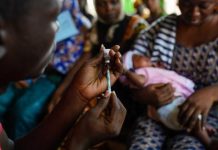Effective outbreak communication requires strategic messaging across different outbreak phases. As ministry of health is increasingly using social media platforms to communicate in this covid19 pandemic, it is important to adapt existing models in a social media context to guide their strategies in communication example Zoom and Meet Application. The outbreak triggered a large scale conversation about covid19 on social media from both experts and non-experts alike. Facebook and WhatsApp are the major platforms for the discussion of covid19 in the Gambia.
Outbreak communication is a type of crisis communication. Unlike other organizational crisis, uncertainties and high perceived risks from the public are expected in pandemic and epidemic situations as such communicators should be identified for feeding the general public, and information mining should be their key role to addressing rumor. One major goal of outbreak communication is to accurately portray risk and disseminate quick and correct information, while at the same time, avoid inducing panic among the general public. In doing this, it will be easier to address message from non-experts and antigovernment agencies and politicians that mostly miss-inform the public thereby causing non adherence to the response measures.
CRISIS AND RISK COMMUNICATION
The pre-crisis phase in risk communication model is characterized by risk messages, warnings, and preparations. At this stage, communicators should provide educated information and warnings of the potential risk, identify responders and spokespersons, and encourage self-protection actions. At the ministry of health, daily radio talks and television programs are on the process. This leads to the establishment of the COVID-19 Risk Communication Team based at the communication command of the Public Health Emergency Operations Center, Kotu. In this team, individuals are specifically identified to speak on behalf of the ministry of health about frequently asked questions and encouraging self-protection action and safe information sharing and dissemination.
During this phases, risk communicators should reduce uncertainty by providing timely updates of the crisis and the impact of the intervention that are been employed in the fight against the pandemic at local level so as to minimize the thought of embezzlement. The strength of interventions should be gauged well to know whether they are working or not.
Beyond the direct effects of the virus, the infodemic accompanied with CoVID-19 threatens the supply and demand of essential health service commodities in the country. There are brief reports of decline in the routine Expanded Programmed on Immunization (EPI) service and other essential Reproductive and Child Health (RCH) services due to the infodemic surrounding the presence and use of COVID-19 vaccines in the country. Also, health workers have moved all attention to COVID-19 disregarding other services to clients.
COVID19 AND SOCIAL MEDIA
In The Gambia, the rise in the number of COVID-19 cases appears to go hand in hand with a surge in myths and misinformation surrounding it, complicating even further the containment efforts. Empirical research has demonstrated that social media could be used for communicating outbreak-related updates and information by health authorities during an outbreak to improve awareness and response. People can express their opinions by commenting on the information. Therefore, social media allows for health authorities to spread valuable information to and obtain timely reactions from a large audience.
Within a few months of the first imported covid19 case registered on the 17th of March, 2020, the ministry of health should have posted information directly aimed at dismissing fear towards covid19 and promote events and response strategies to answer public concerns mainly by a specific unit and by authorized individuals. This will help minimize the “infodemic” for risk communication and community engagement.
The ministry of health should equally discourage the supporting exchange of messages among a small group of friends through the enforcement of laws and regulations. Social media support rapid dissemination of information to diverse users because information can be shared and re-shared through users’ social networks irrespective of the information model.
In addition, as social media allows two-way communications between health authorities and the public, health authorities can quickly address public concerns and reduce public panic during the crisis. Social media plays a pivotal role in crisis communication during infectious disease outbreaks. Due to its conversional and transparent characteristics, social media allows for health authorities to post real-time information as crisis unfolds, as well as quickly reach a large number of people at a low cost.
Though less common, social media can also be used to reduce public panic and build trust from the public during a disease pandemic for example expressing sympathy for those affected and reassured the public that actions had been planned to solve or prevent the crisis, this could be done by the head of state or the top government officials to mitigate fear in the mind of people.
PREPARED AND PRESENTED BY: ALIEU DAFFEH AND ALHAGIE MBYE
Students University of The Gambia





















